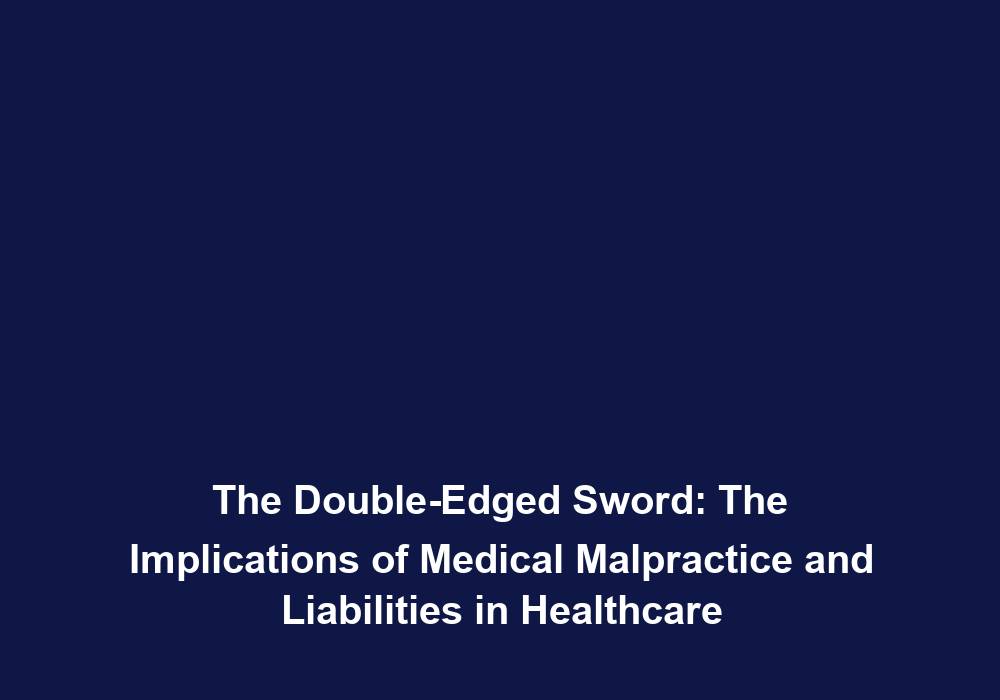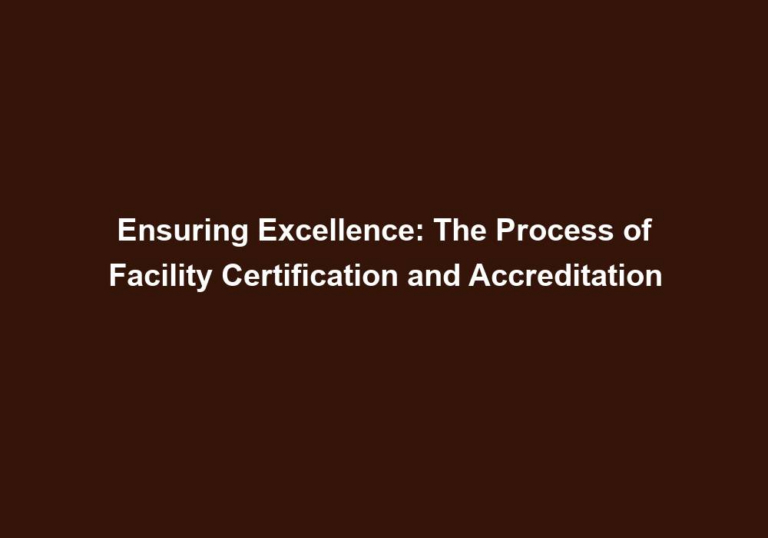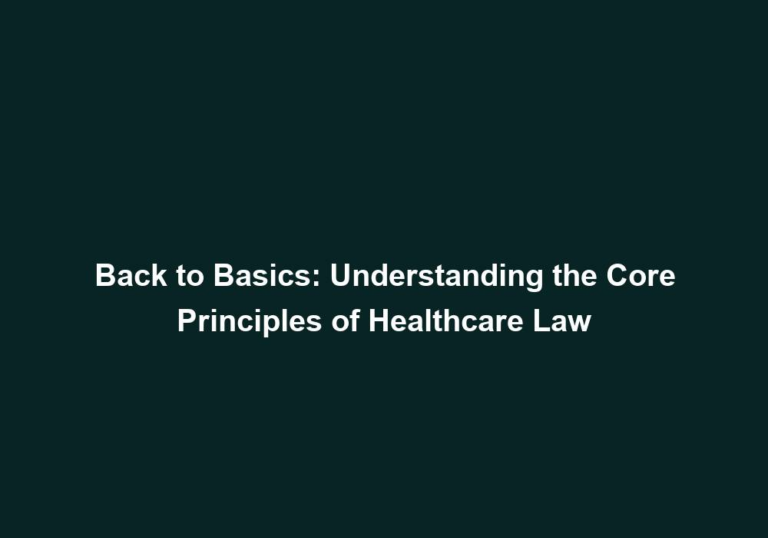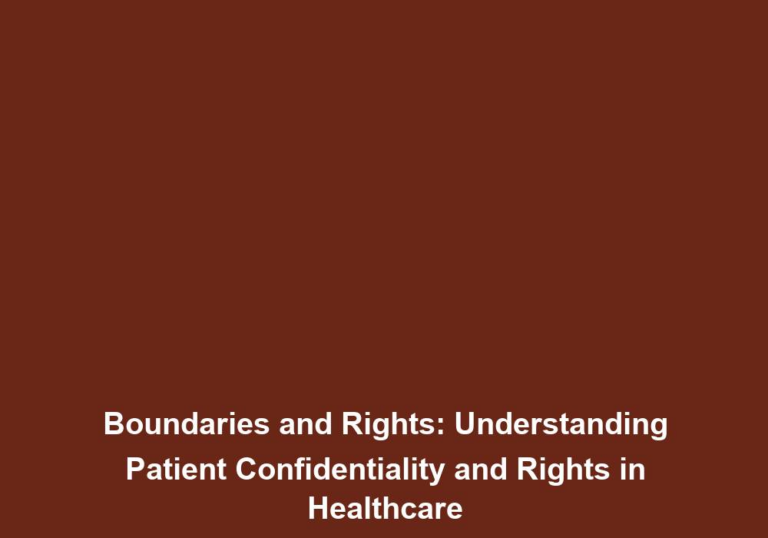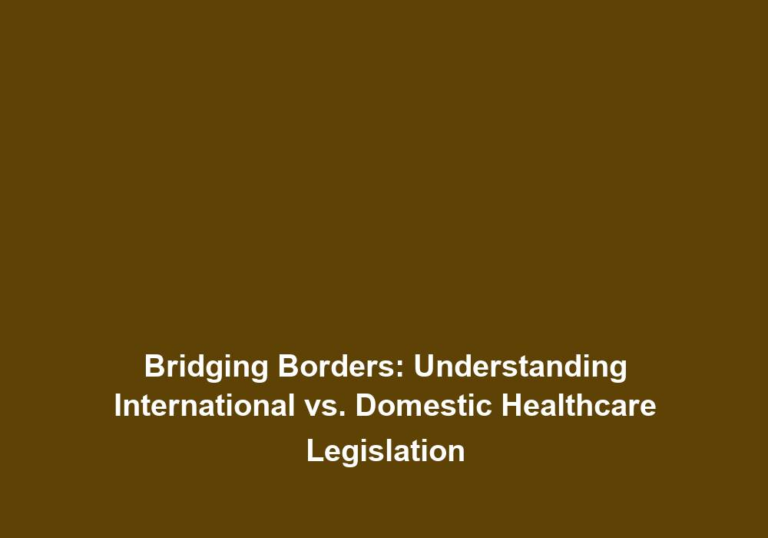The Double-Edged Sword: The Implications of Medical Malpractice and Liabilities in Healthcare
Medical malpractice is an issue of great concern that has significant implications for both patients and healthcare providers. In the realm of healthcare, where lives are at stake, it is crucial to fully comprehend the potential risks and liabilities associated with medical malpractice. This article delves into the intricacies of medical malpractice, exploring its definition, causes, consequences, and the legal framework surrounding it.
What is Medical Malpractice?
Medical malpractice refers to a situation where a healthcare professional, such as a doctor, nurse, or medical institution, deviates from the standard of care, causing harm or injury to a patient. It involves a breach of the duty of care owed by healthcare professionals to their patients. This breach can occur due to various factors, including negligence, lack of communication, inadequate training or experience, and systemic issues within the healthcare system.
Causes of Medical Malpractice
Several factors contribute to the occurrence of medical malpractice:
-
Negligence: Negligent actions or omissions by healthcare providers can lead to medical malpractice. This can include misdiagnosis, failure to diagnose, surgical errors, medication errors, and improper treatment. Negligence can occur due to a lack of attention, carelessness, or disregard for established protocols.
-
Lack of Communication: Poor communication between healthcare professionals can have detrimental effects on patient care and contribute to medical malpractice. Inadequate communication can lead to errors in diagnosis, treatment, or follow-up care. It can also contribute to misunderstandings or failure to obtain informed consent from patients, which is a critical aspect of medical practice.
-
Inadequate Training or Experience: Lack of proper training or experience in a particular medical procedure or treatment can increase the likelihood of errors and malpractice. Healthcare professionals must possess the necessary knowledge and skills to provide appropriate care and make informed decisions. Insufficient training or experience can lead to mistakes that harm patients.
-
Systemic Issues: Flaws in the healthcare system, such as understaffing, inadequate supervision, or faulty equipment, can contribute to medical malpractice incidents. These systemic issues create an environment that increases the risk of errors and compromises patient safety. It is essential to address these underlying problems to prevent medical malpractice.
Consequences of Medical Malpractice
Medical malpractice can have far-reaching consequences for patients, healthcare providers, and the healthcare industry as a whole. Some of the significant consequences include:
-
Physical and Emotional Trauma: Victims of medical malpractice often suffer physical and emotional trauma as a result of the negligence or errors committed by healthcare professionals. This can include prolonged pain, disability, or even death. The impact of such trauma can be life-altering for patients and their families.
-
Loss of Trust: Medical malpractice incidents erode trust between patients and healthcare providers, making it harder for patients to seek and receive necessary medical care. It also tarnishes the reputation of healthcare institutions and professionals involved. Restoring trust requires significant efforts from healthcare providers to demonstrate accountability, transparency, and commitment to patient safety.
-
Financial Burden: Medical malpractice cases can result in substantial financial burdens for both patients and healthcare providers. Patients may face additional medical expenses, loss of income, and the need for ongoing medical care. Healthcare providers may face legal costs, damages, and increased malpractice insurance premiums. The financial impact can be overwhelming for all parties involved.
-
Legal and Professional Consequences: Healthcare professionals found guilty of medical malpractice may face legal action, loss of license, or damage to their professional reputation. Healthcare institutions can also face legal liabilities, damage to their reputation, and financial losses. The legal and professional consequences of medical malpractice can be severe and long-lasting.
Legal Framework and Liabilities
The legal framework surrounding medical malpractice varies from country to country, but generally involves the following elements:
-
Standard of Care: Healthcare professionals are expected to adhere to a standard of care that is reasonably expected of someone with their level of training and experience. Deviations from this standard can lead to legal liability. The standard of care may vary depending on the specific medical field, the prevailing medical knowledge, and the circumstances of the case.
-
Breach of Duty: To establish medical malpractice, it must be proven that the healthcare provider breached their duty of care towards the patient. This involves demonstrating that the provider’s actions or omissions fell below the accepted standard of care. Expert testimony and medical evidence play crucial roles in establishing breach of duty.
-
Causation: There must be a direct link between the healthcare provider’s breach of duty and the harm suffered by the patient. It must be shown that the provider’s actions or omissions directly caused or significantly contributed to the patient’s injuries. Establishing causation can be complex and may require expert opinion and thorough analysis of medical records.
-
Damages: To pursue a medical malpractice claim, the patient must have suffered damages, such as physical harm, emotional distress, or financial loss, as a result of the provider’s negligence. It is essential to gather evidence of the harm suffered and the impact it has had on the patient’s life.
-
Statute of Limitations: Medical malpractice claims are subject to a statute of limitations, which sets a time limit within which the patient must file a lawsuit. This varies by jurisdiction and may differ depending on the circumstances of the case. It is crucial for patients to be aware of the applicable statute of limitations to ensure their legal rights are protected.
Preventive Measures and Risk Mitigation
To minimize the occurrence of medical malpractice and protect both patients and healthcare providers, several preventive measures and risk mitigation strategies can be implemented:
-
Enhanced Communication and Collaboration: Encouraging effective communication and collaboration among healthcare professionals can reduce the likelihood of errors and misunderstandings. Clear and open lines of communication facilitate the exchange of vital information, promote teamwork, and enable better coordination of care.
-
Continuing Education and Training: Regular education and training programs can help healthcare professionals stay updated with the latest medical advancements, techniques, and best practices, reducing the risk of errors. Continuous learning ensures that healthcare providers maintain their competence and adapt to evolving standards of care.
-
Adherence to Protocols and Guidelines: Following established protocols and guidelines helps maintain a standard of care and reduces the chances of deviation resulting in medical malpractice. Healthcare institutions should have robust protocols in place for various medical procedures and treatment modalities, and healthcare professionals should adhere to them diligently.
-
Improving Documentation and Record-Keeping: Accurate and detailed documentation of patient information, diagnoses, treatments, and follow-up care can help ensure continuity of care and provide evidence in case of any litigation. Good documentation practices help healthcare providers demonstrate the rationale behind their decisions and actions.
-
Implementing Quality Assurance Programs: Instituting quality assurance programs within healthcare institutions can help identify areas of improvement, minimize errors, and enhance patient safety. These programs involve regular monitoring, auditing, and evaluation of clinical practices to ensure compliance with established standards and promote a culture of continuous quality improvement.
In conclusion, medical malpractice poses significant implications for patients, healthcare providers, and the healthcare industry. Understanding the causes, consequences, and legal framework surrounding medical malpractice is essential for implementing preventive measures and mitigating risks. By prioritizing patient safety, effective communication, and adherence to best practices, healthcare professionals can strive to provide optimum care while minimizing the likelihood of medical malpractice incidents.
(Note: The content provided is generated by an AI language model and reviewed by a human for context, clarity, and coherence. It is important to consult with a legal expert or professional for specific legal advice or information regarding medical malpractice and its implications.)

